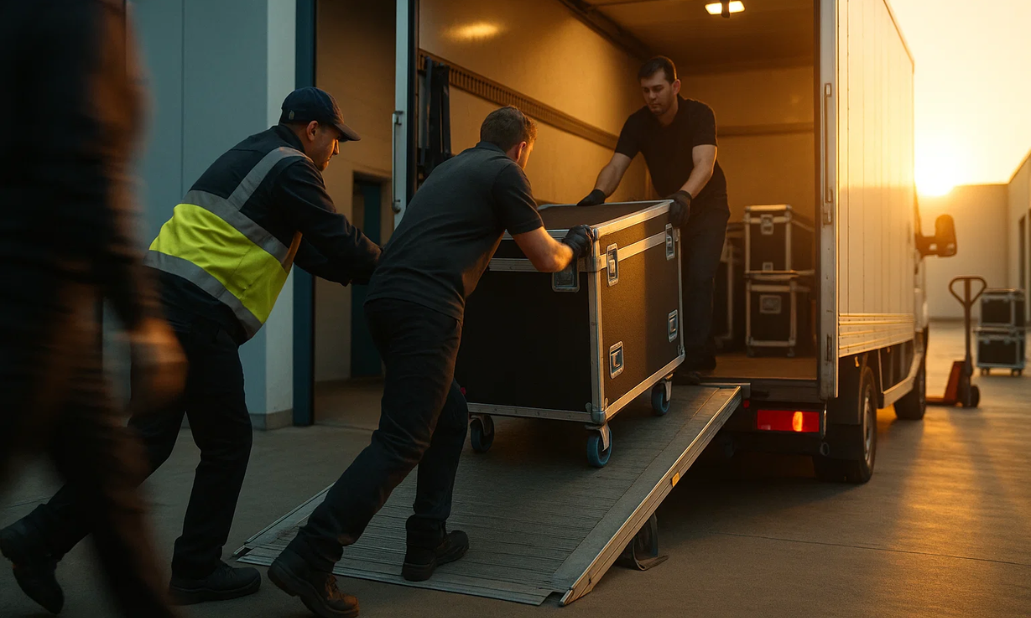
We pre-build a regression path alongside the primary runbook: return logistics, reverse labelling/manifests, cached flight cases, and dedicated vehicles on standby. Loads are split across multiple vans to reduce single-point risk and meet insurer conditions, each tracked with GPS and tamper seals.
If requested: during the window a second PM shadows the control room and a reserve crew is callable within SLA. Traffic planning aligns route holds, lift slots, and alternates; if thresholds are breached, the rollback plan triggers immediately—kit is moved back, evidence is captured, and the retry window is reset cleanly.


Layered contingency by design. We build a secondary plan that can run in parallel with the primary move: cached flight cases, reverse manifests/labels, and pre-booked return slots at both sites. Loads are split across vehicles (separate ETAs, seals, and policies) to remove single-point failure and to meet insurer conditions for high-value or populated racks.
Clear triggers, instant actions. Rollback is tied to objective triggers—test failures, power/route blocks, time threshold breaches, or CAB hold. When a trigger fires, the second PM activates the standby crew, diverts vehicles per the traffic plan, and executes the return script (re-label, re-manifest, re-site) while the control room keeps stakeholders updated at fixed intervals.















We use cookies on our website to give you the most relevant experience by remembering your preferences and repeat visits. By clicking “Accept”, you consent to the use of ALL the cookies.